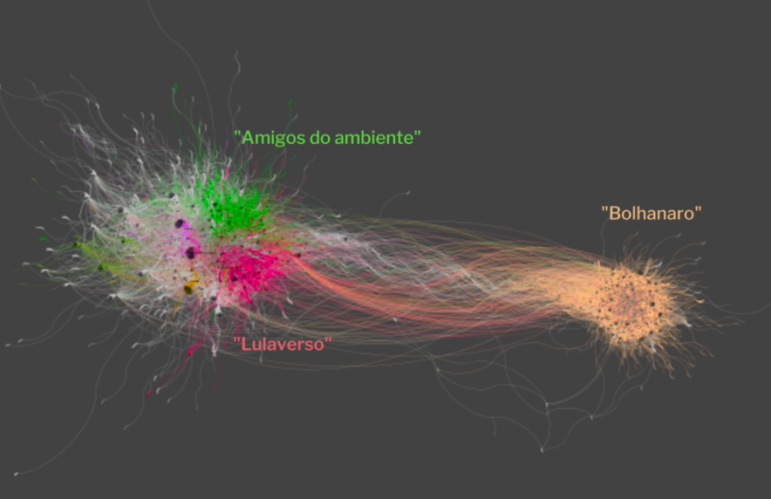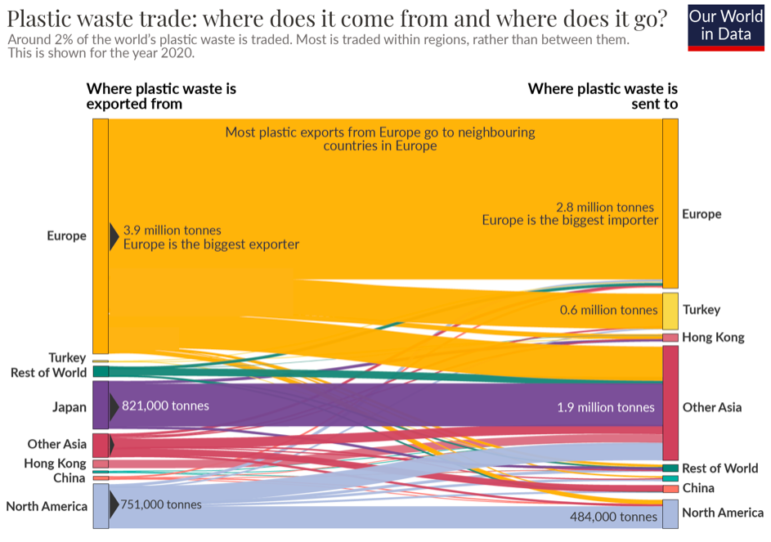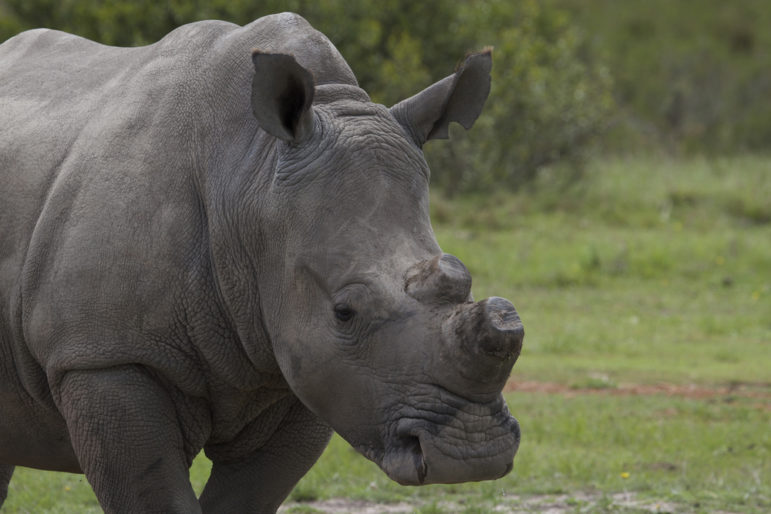
Data Journalism Data Journalism Top 10
Data Journalism Top 10: Biased Missing Persons Coverage, Funding Election Deniers, Brazil Electoral Violence, Mapping Iran’s Protests
This week’s list of the top 10 data journalism stories on Twitter includes a tool for testing your newsworthiness as a missing person, broken corporate promises not to fund 2020 US election deniers, and a timeline of Iran’s nationwide protests.








